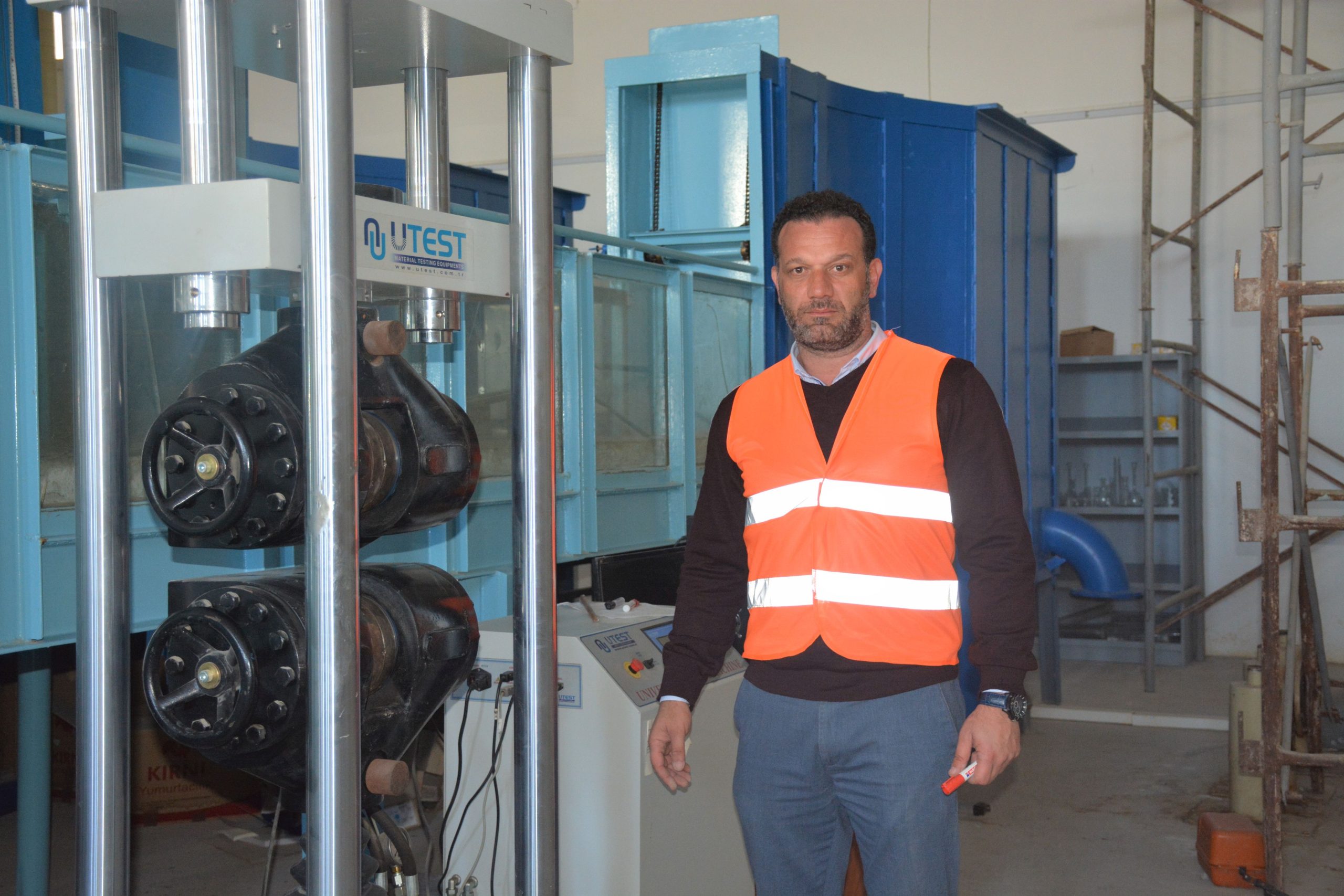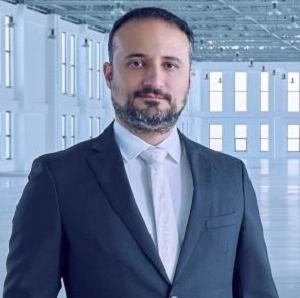
Near East University Building Materials and Soil Mechanics Laboratory will start field studies for the detection of structures at risk of earthquakes, as well as training and research activities. Building Materials and Soil Mechanics Laboratory, which has been carrying out education and research activities within the Faculty of Civil and Environmental Engineering of Near East University, has a strong presence in the fields of Structural Engineering and Materials, Soil Mechanics and Hydraulic Engineering, with many advanced equipments, some of which are unique in the Turkish Republic of Northern Cyprus. Building Materials and Soil Mechanics Laboratory, which stands out with the studies carried out by scientists who are experts in their fields, will also strengthen its team for the field studies that it will start to detect structures at risk of earthquakes.
Near East University Building Materials and Soil Mechanics Laboratory, equipped with more than 40 devices and more than 30 test experiments within the scope of standards, has extensive ability to analyze in the field and in the laboratory environment.

Existing building stock must be inspected!
Near East University Faculty of Civil and Environmental Engineering Lecturer Assoc. Prof. Dr. Rifat Reşatoğlu drew attention to the destruction caused by the earthquakes in Kahramanmaraş in Turkey and said, “Nature once again reminded us of the earthquake reality we are facing in our geography. It is vital to examine the building stock in our country and to determine the structures that are at risk of earthquakes. Drawing attention, especially to the buildings built before 2000, Assoc. Prof. Dr. Reşatoğlu said, “A priority should be determined in the existing building stock and the works should start as soon as possible. The main objective in the examinations to be made in an existing building to be evaluated for earthquake safety is to recognize the features building. Thus, the scope of the information to be collected about the building is extremely important.”
“Some of the elements we can see can give us an idea of the durability of a building. At this point; Parameters such as the age of the building, the suitability of the structures for the project, the ground condition, the condition of the building-bearing elements, the humidity in the building are decisive. However, the features that are invisible to the eye and need expert examination give much more precise information about the reliability of the building,” saying Assoc. Prof. Dr. Reşatoğlu listed the applications of building damage assessment and building durability tests that can be done in the Building Materials and Soil Mechanics Laboratory.
“In our laboratory, we are able to conduct core purchases and core measurements, which are among the most important stages of risk determination studies. We test the sample we take with the core drilling machine in a laboratory environment and prepare the necessary report. We reveal the concrete quality by subjecting the cylindrical concrete sample taken without damaging the building to the strength tests specified in the regulations,” saying Assoc. Prof. Dr. Rifat Reşatoğlu also pointed out; “With the reinforcement scanning test, we quickly determine the diameter and density of the reinforcement bars used in the structural elements of the buildings such as columns and beams, without any breaking. We can also apply steel tensile tests to determine the behavior of the material and to determine the details of its mechanical properties in reinforcing steel, another material used with concrete in reinforced concrete buildings. Assoc. Prof. Dr. Reşatoğlu said that in addition to the materials used in the buildings, they determined the earthquake risk of the structures in a multi-faceted way with the soil analyses they carried out in existing structures and new construction sites.

Emphasizing that the earthquake disaster reminded us once again the importance of earthquake-resistant structures and cities, the Chairman of the Board of Trustees of Near East Enterprises Prof. Dr. İrfan Suat Günsel said, “As Near East University, we consider it a duty to put our infrastructure and facilities into service for the benefit of the society.” Stating that the Building Materials and Soil Mechanics Laboratory, operating under the Faculty of Civil and Environmental Engineering of Near East University, has all the equipment to determine the earthquake risk of buildings, Prof. Dr. İrfan Suat Günsel said, “We are opening our Building Materials and Soil Mechanics Laboratory to the public by taking an active role in determining the building stock that is at risk of earthquakes in our country.”